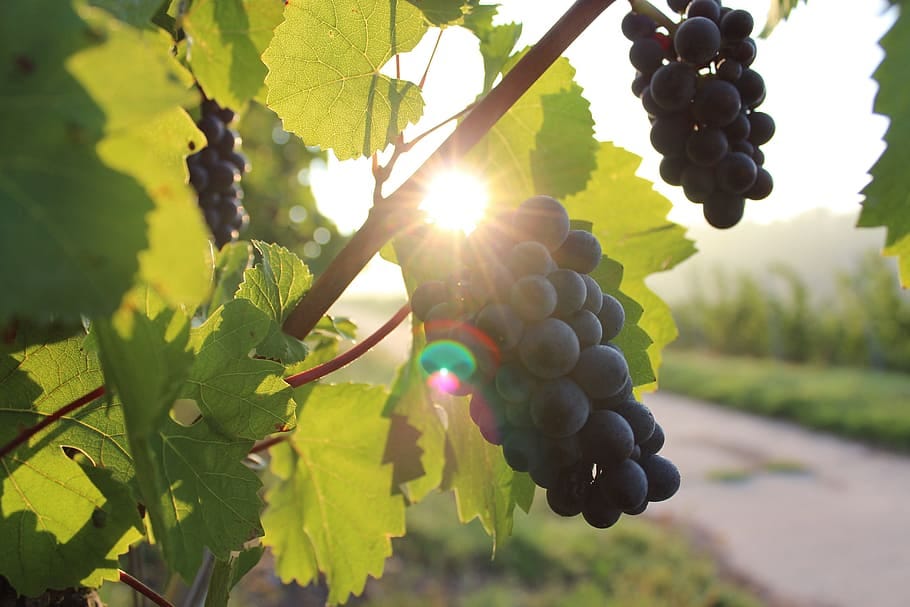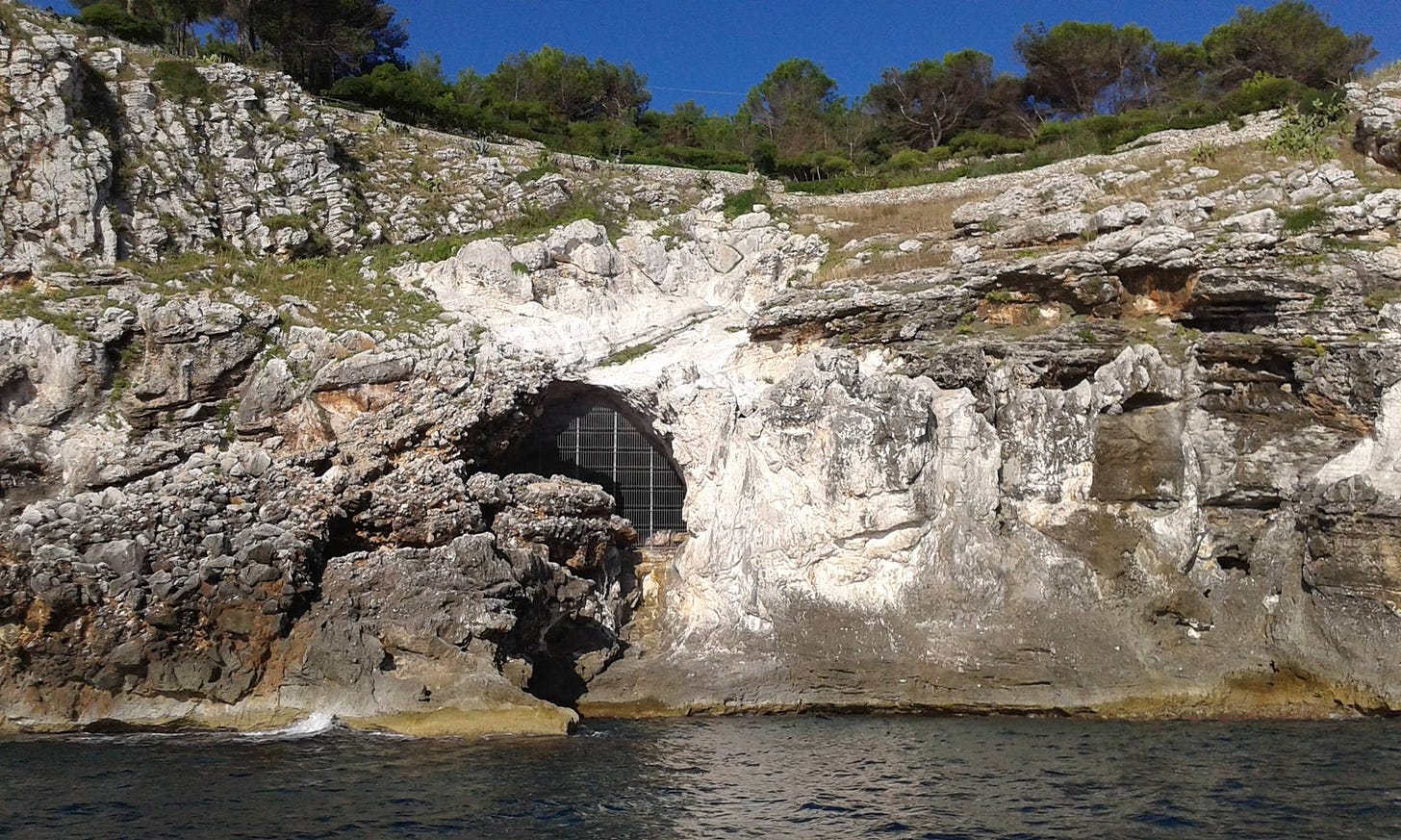Magura is translated from Bulgarian (пещера Магура), but it seems like the Wiki article is unequipped to show proper fonts or they use English letter symbols to indicate Greek letters (I’ve never studied Bulgarian). For those unfamiliar with the older alphabets, the third letter in Магура is based on the Greek gamma (Γ, γ), which is a G. However, it looks like their font/alphabet uses the capitalized version of gamma as their lowercase symbol. The Greek R, which is called Rho (Ρ, ρ), looks like the English P, but when it’s in lowercase form, you can clearly see its Greek nature. Yet the Bulgarian, at least on Wiki, uses the English lowercase p. Not only that, the Bulgarian uses an English Y to indicate Upsilon (Υ, υ), which only looks like an English Y when capitalized, but looks like an English U when in lowercase (in the Greek system). Again, you can see the Greek signature in its own lowercase version, but the Bulgarian doesn’t use the Greek-style font. It uses English letters to indicate Greek letters, so being familiar with these priestly mechanisms and their interchangeability will help you prove Bulgarian’s youth. Knowing Greek enables you to recognize that Магура is Magura, and it proves the Greek influence on the alphabets of eastern and northern Europe, as well as Russia and Asia minor. This is evidence of an easterly spread of the system, not a westerly spread of it from the Orient.
It wasn’t my intention to overwhelm you with the technicality of these things right away, but if you do find this overwhelming, don’t worry. I provide help in the Spirit Whirled series that no one else does in antiquity: I transliterate the old languages or words I speak of (within the limits that Microsoft Word allows; it doesn’t have Etrusco-Phoenician-Celtic fonts), which gets you familiar with the letters, i.e., how the Greek and Hebrew letters correspond to the Latin-English letters, and it helps you learn them in a fun way without having to look them up. If the G in Magura is pronounced like the Greek gamma in gyro, which sounds like yuro, then Magura would be similar to Maya or Maia, who is Mary. This would be a combination of Mary & Ra, like Isis & Ra, and we see that Ra is essentially Pa in Greek (as in Pater, which is father). Pa is philologically another name for Po (Buddha). Did this cave have a history of the cult of Mary, also known as the Carmelites?






The original monks of Maia or Maria are claimed to be Carmelites, the significance being that Maia is the mother of Buddha and Mercury, as well as her culturally diffused counterpart, Mary/Maria (both come from the Latin word for sea, which is mare, and maria is the plural of that), the mother of Jesus. Carmel is The Vine of the Sun. They are the worshippers of Mary.
What would the vine of the sun indicate? Could it be its journey from north to south, the coiled nature of the ecliptic, or could it be the literal vine of the grape, whose water, or spirit, is imbued with the wrath of God, the sun, and pressed when the sun passes over into Libra from Virgo, the Virgin of the sky? Why then should I think upon a maid? Best to wait till Judgment Day, or Michaelmas, just after the autumnal equinox, to harvest the grapes.
After this, Jesus knowing that all things now have been finished, that the Writing may be fulfilled, saith, ‘I thirst;’ a vessel, therefore, was placed full of vinegar, and they having filled a sponge with vinegar, and having put [it] around a hyssop stalk, did put [it] to his mouth; when, therefore, Jesus received the vinegar, he said, ‘It hath been finished;’ and having bowed the head, gave up the spirit. —John 19:28-30
Anyone who’s ever made wine can attest that vinegar is the exact taste of unfinished wine, or wine that hasn’t fermented properly, and if I wanted to encode the use of wine, I could easily say vinegar. Do you think it’s coincidence that a producer of wine is called a vintner, or that the year a batch of wine was produced in is called a vintage, or that they share the same root found in vengeance, which corresponds to the justice and judgment allegorized by Libra, the time of year grapes are harvested and pressed to make wine, or vino?
Magura cave is located near Rabisha Lake, which is south of the Danube river. I imagine people found it through settlements along the river and then explored the area from there. But that’s just speculation. I only mention this because the lake is in the northwest part of Bulgaria, about as far away from the Black and Aegean Seas as you can get while still being in the country.
The art is similar to that found at Grotta dei Cervi in Apulia (Puglia), Italy. It’s probably a stretch to implicate cultural diffusion between the two, but everything is thought to be impossible until someone does it, and I wouldn’t discourage researchers from looking deeper into the matter. If authentic, there are various versions of the equal lateral cross, sometimes referred to as the Maltese or Greek cross, painted on the caves of Italy long before the Phoenicians or Greeks existed.
I can’t be sure of the authenticity of any of the artwork. I find it difficult to accept that bat guano and ochre, used as paint, which are of organic matter, could still exist since the Paleolithic age (Stone Age). But, if they are authentic, they may be signs of cultural diffusion. The technique would come from Italy on account of the ones in Bulgaria being dated to the post-Paleolithic era.
The following photos are from Grotta Romanelli, also in Apulia.



Another concern is the locations of these caves. They all seem to be in places that ought to have been submerged in older times, according to archaeological and geological ideas, as well as religious ideas and flood narratives. I don’t think those cave drawings would survive any time being exposed to a solvent like seawater. If certain portions of the coast weren’t exposed to the water, how did their erosion come to be? It looks like at some point the oceans were higher or the land was lower and has risen as a result of volcanic buildup.


What portion of the caves are man-made and what portion of them are natural grottos carved by the ocean?
Salt kills vegetation. It was a horrible practice to destroy a people by salting their land. From above, the coast of Apulia, the portion where no trees grow, is exposed to the ocean. Whether the land has risen up or the ocean has receded is debatable. It could be that the ocean just erodes whatever coasts it comes upon until it reaches hard bedrock that doesn’t wash away.
I am not a geologist, nor an archaeologist, however, I’ve read works of professionals and I focus on other means that I can prove/demonstrate without having to be on-location or in a lab; subjects like language, astronomy, religious symbolism, and other forms of cultural diffusion that require no authority to discover it. Some of the methods I utilize are more effective for dating sites because, if there is no biological matter to date, having knowledge of the artifacts or alphabets used in inscriptions will shine light on the situation. If you’d like to learn the skillsets I employ, you can do it much more efficiently than I did and be brought up to my experience however it long it takes you to make your way through the Spirit Whirled. Invest in yourself! You’re in control.
Click here to begin Spirit Whirled






The second portion of this article is a different yet intriguing subject. Become a member to access the rest of it.
Keep reading with a 7-day free trial
Subscribe to Ancient History, Mythology, & Epic Fantasy to keep reading this post and get 7 days of free access to the full post archives.








